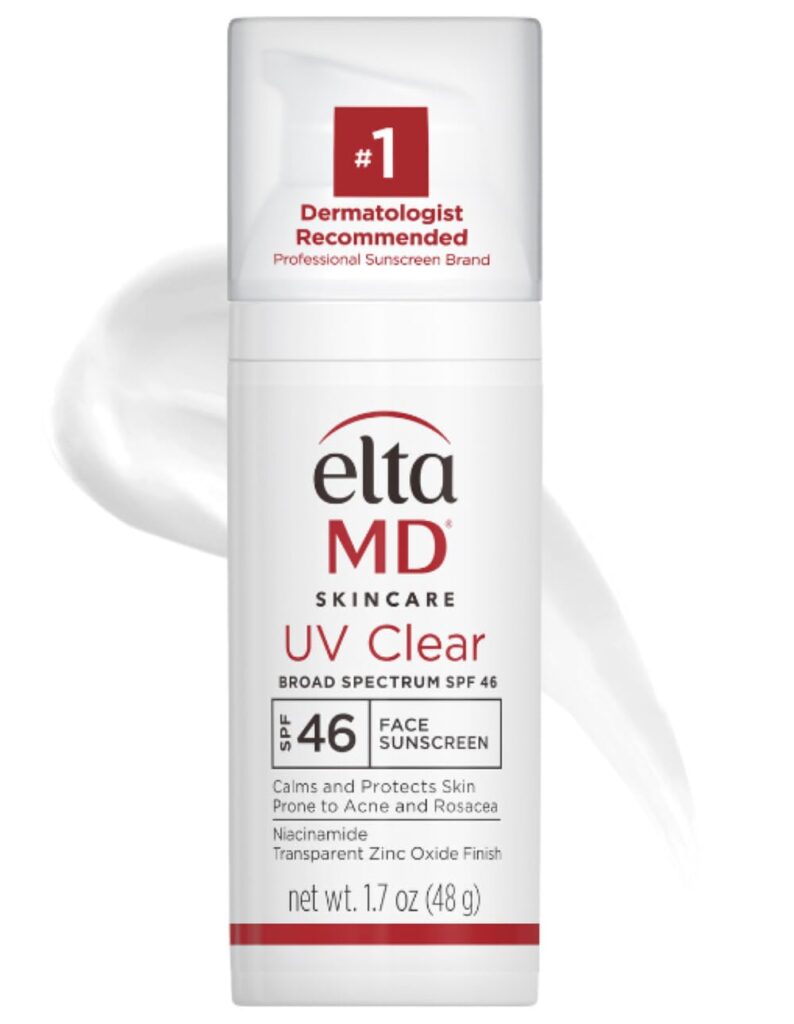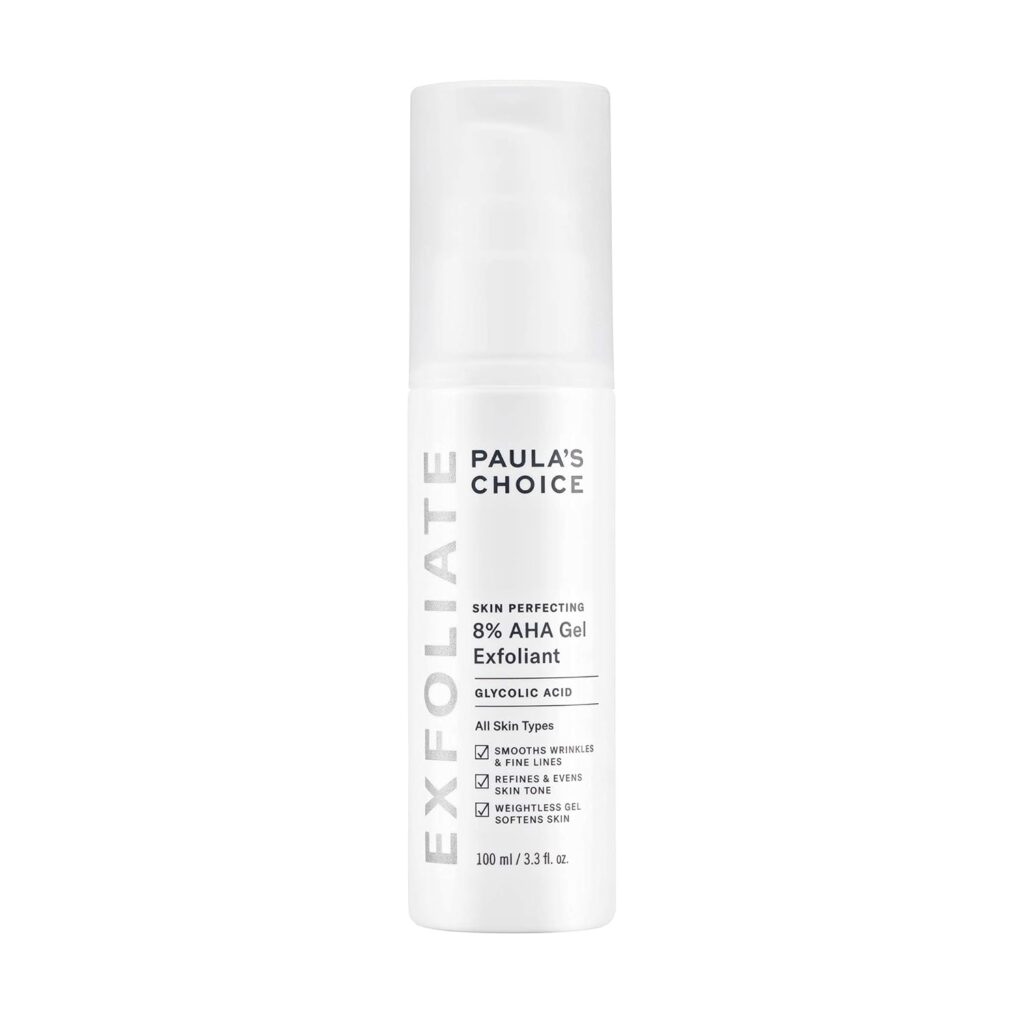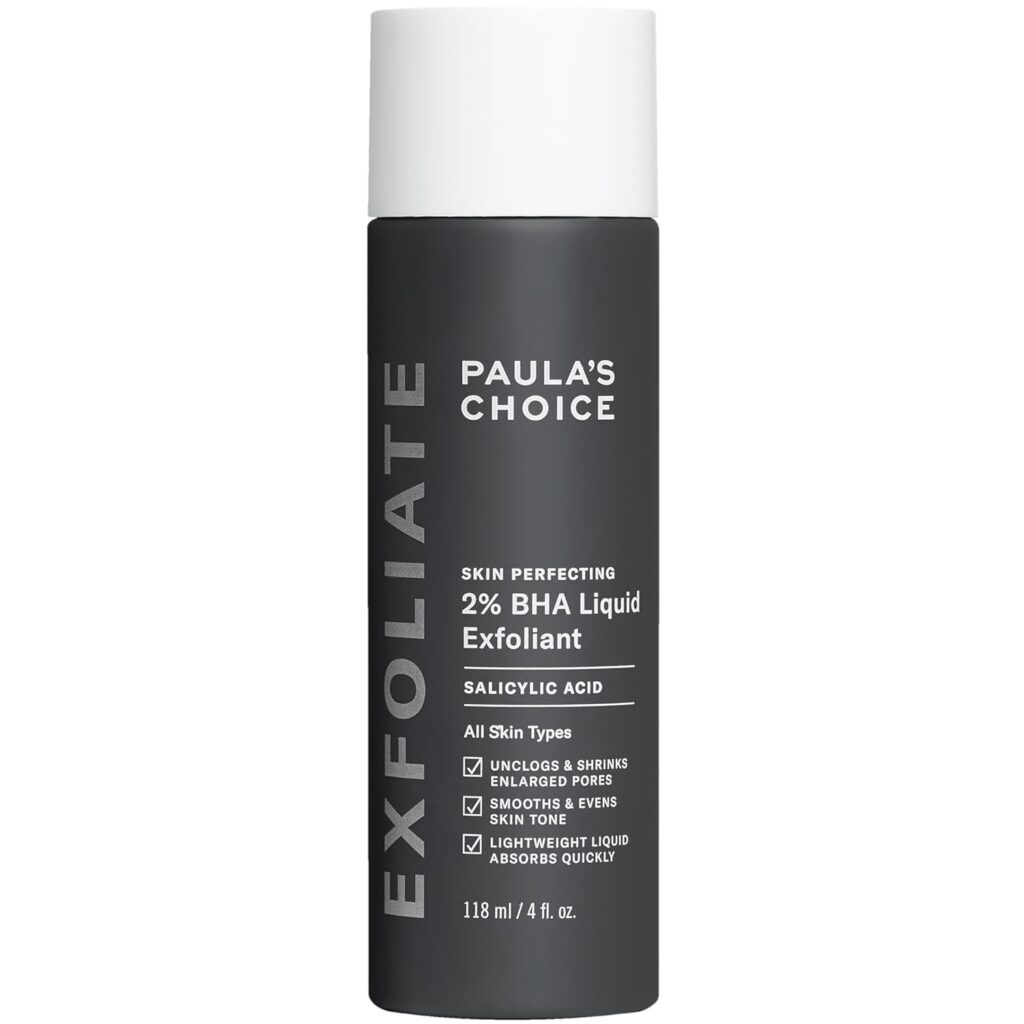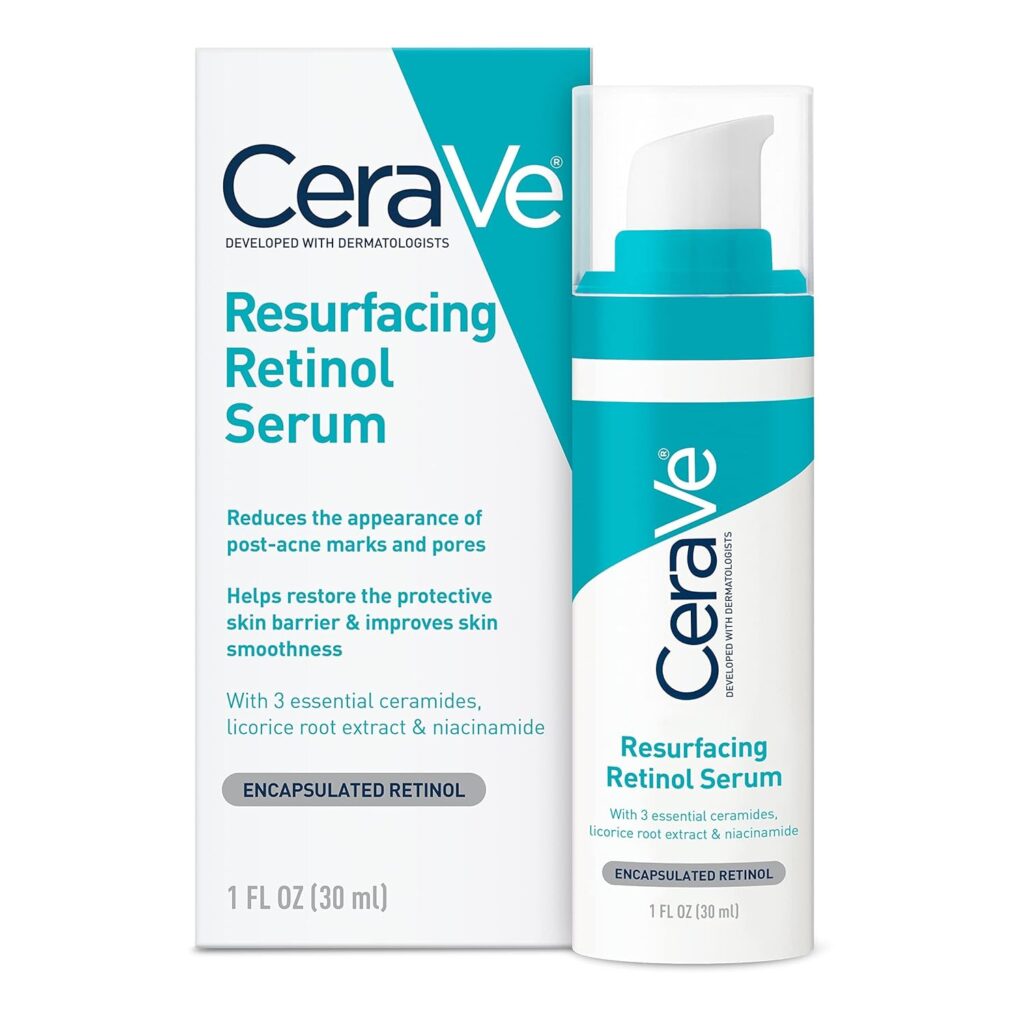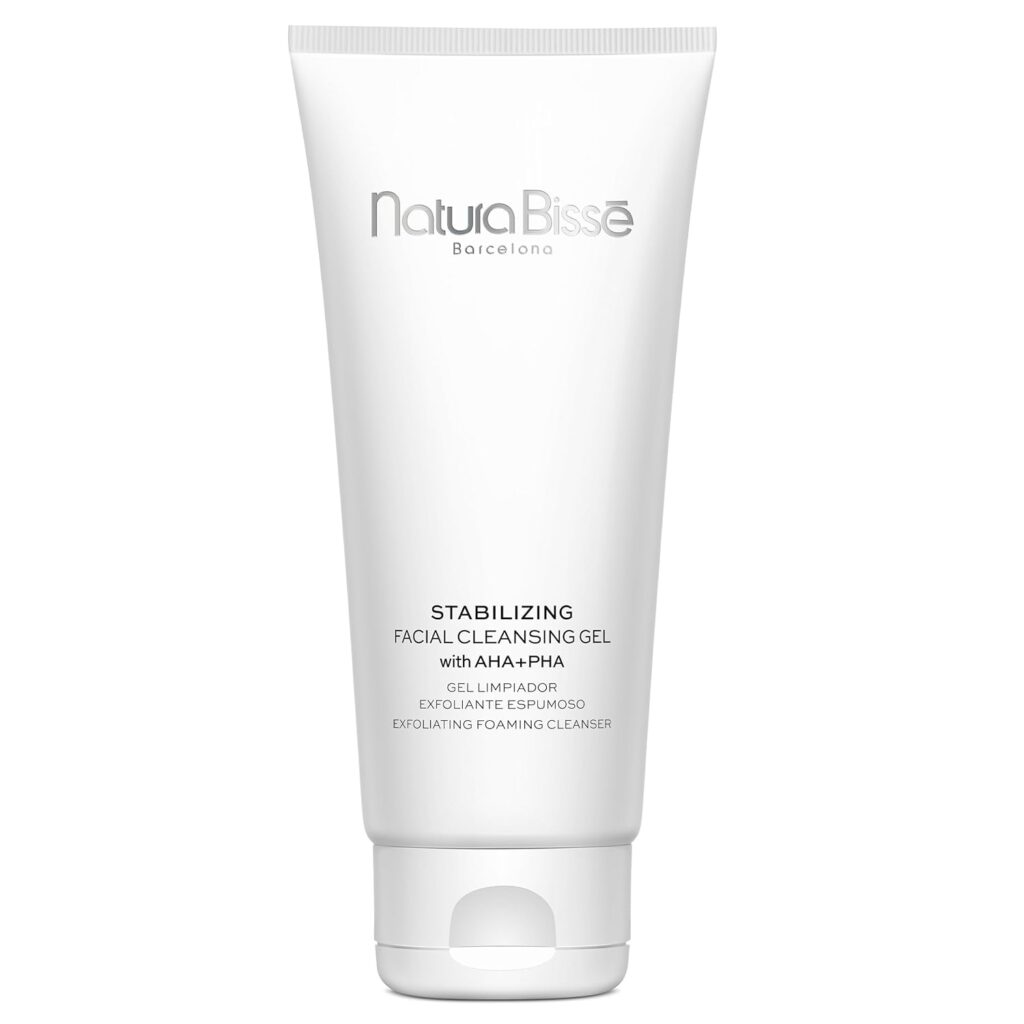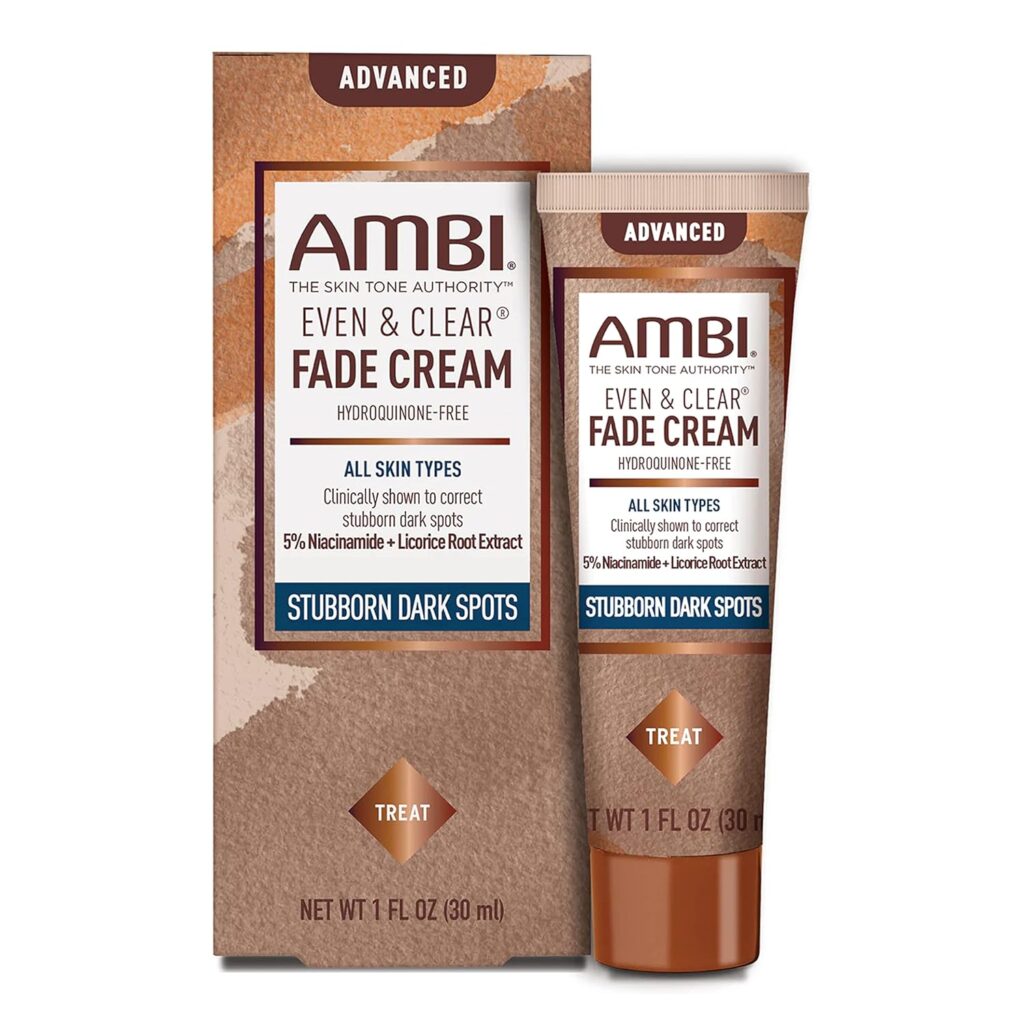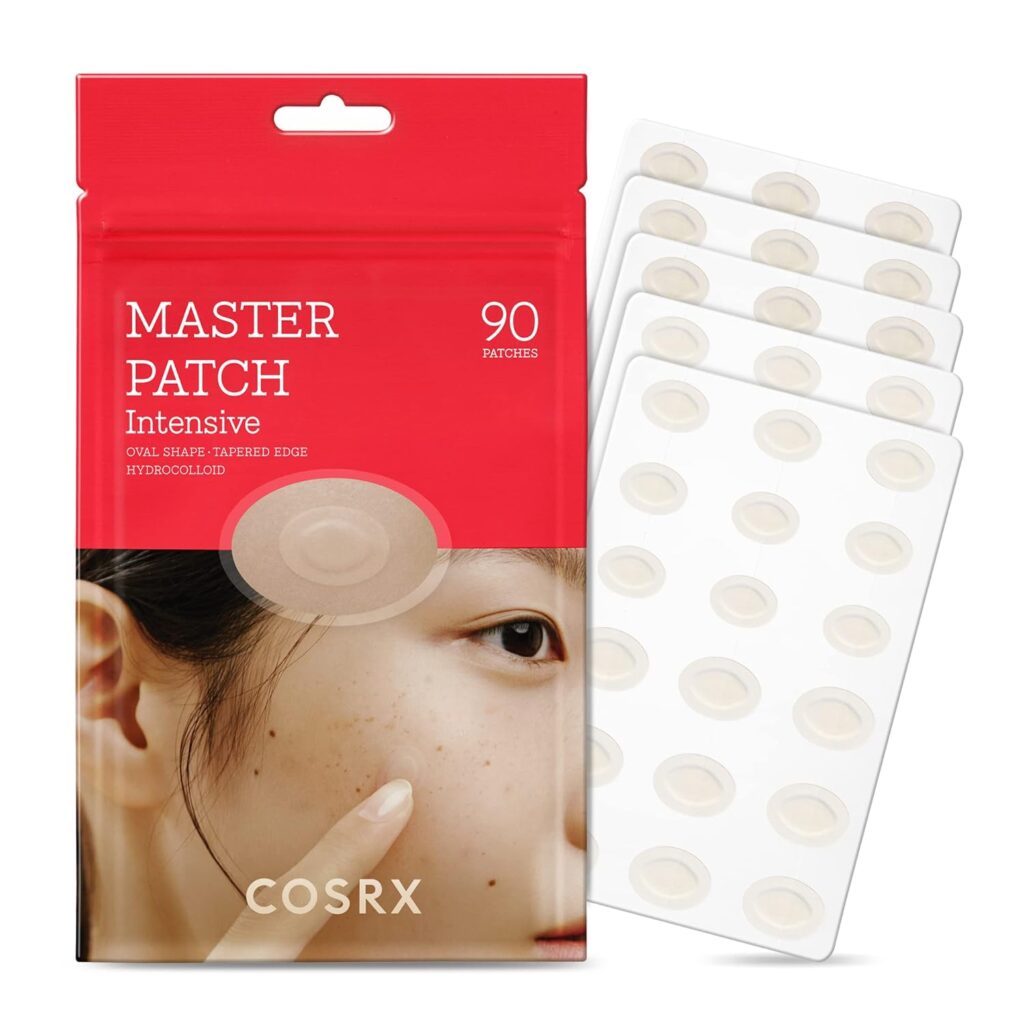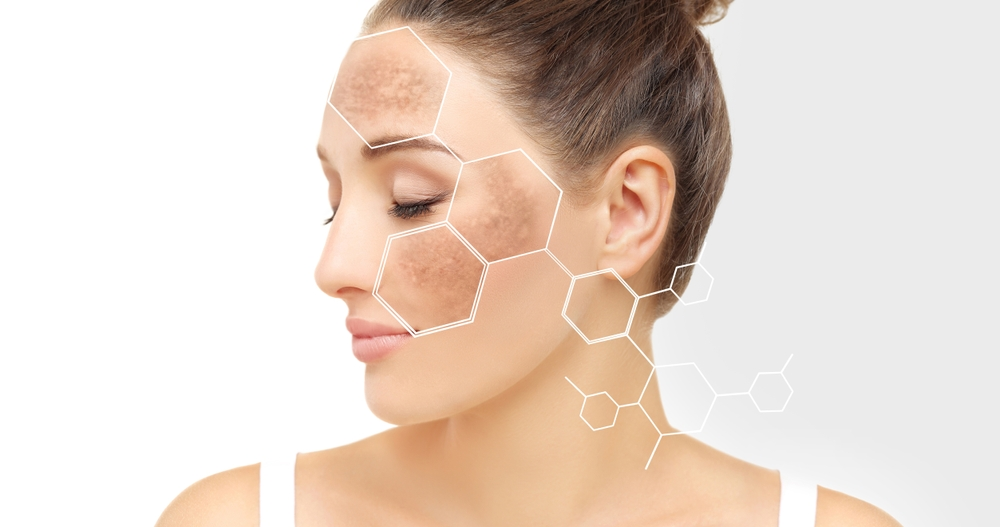
If you’ve been struggling with hyperpigmentation, you’re not alone. Those dark patches and uneven skin tones are often the result of acne scars, sun exposure, or hormonal changes. Fortunately, there are effective ways to address hyperpigmentation from the comfort of your own home. This guide will help you understand how to safely treat hyperpigmentation using affordable, effective, and science-backed methods. Let’s get started on your journey to clearer, more radiant skin.
1. Understand What Causes Hyperpigmentation
Before treating hyperpigmentation, it’s crucial to understand what causes it. Hyperpigmentation occurs when certain areas of your skin produce excess melanin—the pigment responsible for your skin’s color. Factors like sun exposure, inflammation, hormone imbalances, and injury to the skin can trigger these melanin-producing cells, leading to those unwanted dark spots.
Knowing the root cause can help you select the best treatment approach for your skin. Let’s explore some practical, at-home treatments.
2. Daily Sunscreen Use is Essential
The first and most important step in treating hyperpigmentation is to prevent further darkening. Sun exposure is one of the leading causes of hyperpigmentation, so it’s essential to use a broad-spectrum sunscreen with SPF 30 or higher every day—even when you’re indoors or it’s cloudy.
Consider using Elta MD UV Clear Broad-Spectrum SPF 46, which is available on Amazon. This sunscreen is lightweight, non-comedogenic, and designed for those with sensitive or acne-prone skin. Thousands of reviews have praised it for reducing existing dark spots while preventing new ones.
Pro Tip: Reapply sunscreen every two hours if you’re spending time outside, and don’t forget areas like your neck and hands.
3. Topical Treatments to Brighten Skin
There are many active ingredients that help fade hyperpigmentation. When searching for effective products, look for ingredients like vitamin C, niacinamide, alpha arbutin, or kojic acid. Let’s break down how each of these works and some popular products you can find online:
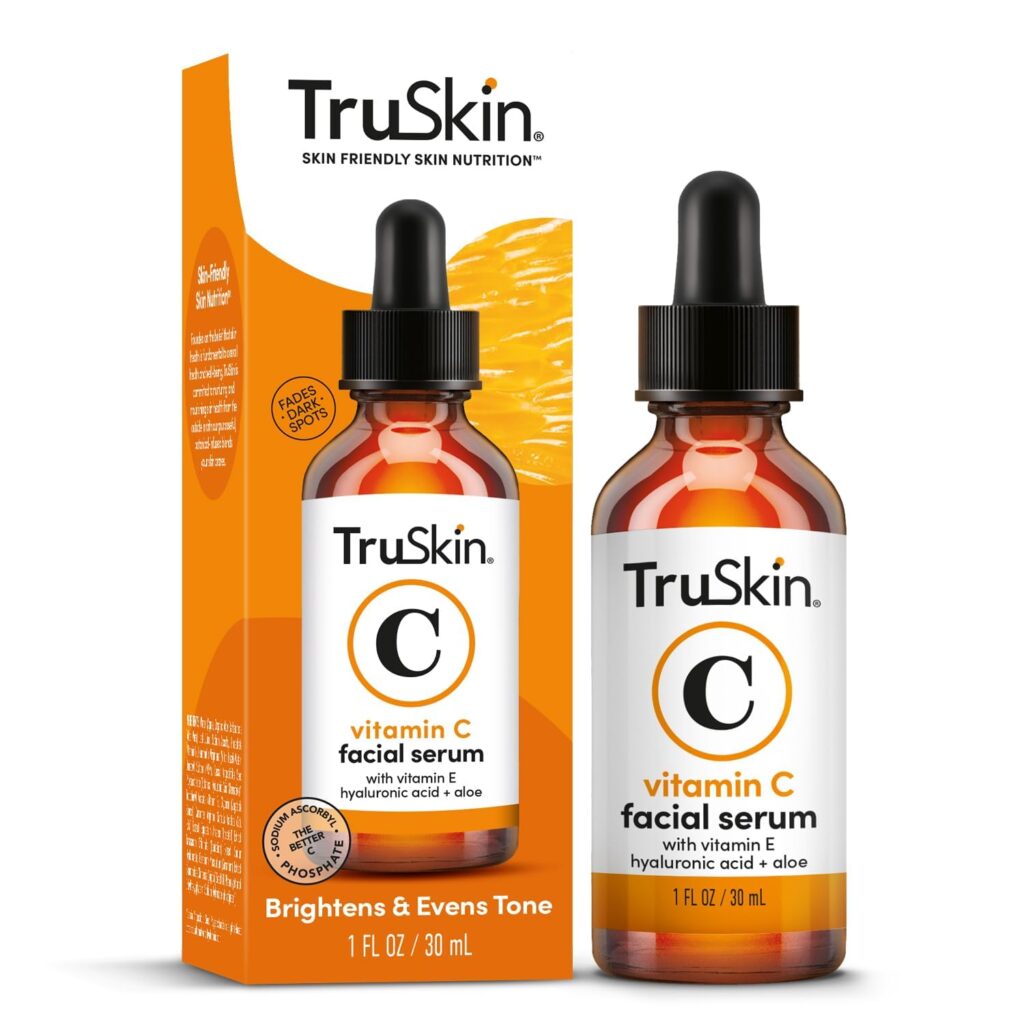
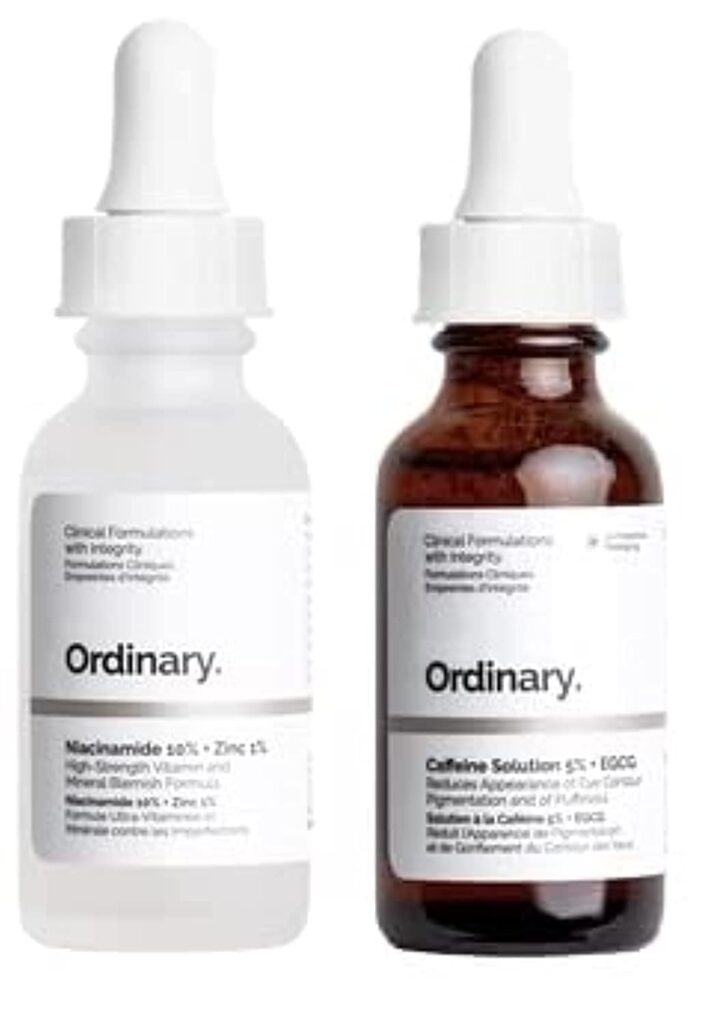


- Vitamin C: Vitamin C is an antioxidant that helps lighten hyperpigmentation and protect your skin from further sun damage. Look for a stable form of vitamin C, such as TruSkin Vitamin C Serum, which is highly rated on Amazon. This serum combines vitamin C with hyaluronic acid and vitamin E, creating a powerful formula to brighten and hydrate your skin.
- Niacinamide: Niacinamide is a form of vitamin B3 that helps reduce melanin production and inflammation. A great option is the The Ordinary Niacinamide 10% + Zinc 1%. This product is affordable, easy to use, and helps balance oil production while lightening dark spots over time.
- Alpha Arbutin: Alpha arbutin is a natural skin-lightening agent that inhibits melanin production. The Ordinary Alpha Arbutin 2% + HA is a product worth considering, as it’s gentle, effective, and well-loved by users on Amazon.
- Kojic Acid: Kojic acid is derived from fungi and has strong skin-lightening properties. Try Admire My Skin Ultra-Potent Brightening Serum. This serum combines kojic acid with hydroquinone for an effective spot treatment that works on even the most stubborn dark spots.
4. Exfoliation to Remove Dead Skin Cells
Exfoliation is key when treating hyperpigmentation, as it helps slough off dead skin cells and promotes the growth of new, healthy cells. You can exfoliate using either physical scrubs or chemical exfoliants. However, chemical exfoliants are generally more effective for hyperpigmentation, as they penetrate deeper into the skin.
- AHAs (Alpha Hydroxy Acids): AHAs like glycolic and lactic acid are perfect for improving skin texture and lightening dark spots. The Paula’s Choice Skin Perfecting 8% AHA Gel Exfoliant is highly rated on Amazon and can help smooth skin while fading hyperpigmentation.
- BHAs (Beta Hydroxy Acids): If you also struggle with acne, BHAs like salicylic acid can exfoliate inside the pores, reducing both breakouts and dark spots. Consider Paula’s Choice Skin Perfecting 2% BHA Liquid Exfoliant, another favorite for improving hyperpigmentation and preventing acne.
Note: Over-exfoliating can damage your skin barrier, making hyperpigmentation worse. Start with exfoliating once or twice a week and gradually increase as your skin adjusts.
5. Incorporate Retinoids for Cell Turnover
Retinoids are derivatives of vitamin A that boost cell turnover, meaning they help fade dark spots by bringing new, healthy cells to the surface faster. Over-the-counter retinols, like CeraVe Resurfacing Retinol Serum, are great options if you’re just starting out. This serum also contains niacinamide to help further brighten your skin.
If your skin can tolerate stronger formulas, you might consider speaking to your dermatologist about prescription-strength retinoids.
Pro Tip: Retinoids can make your skin more sensitive to the sun, so always use them at night and follow up with sunscreen during the day.
6. Natural Ingredients to Treat Hyperpigmentation
If you prefer more natural treatments, there are plenty of at-home remedies you can use for hyperpigmentation. Though natural remedies often take longer to show results, they are gentler on the skin.
- Aloe Vera: Aloe vera contains aloin, a natural depigmenting compound. Applying pure aloe vera gel on your dark spots at night can gradually lighten them.
- Turmeric: Turmeric has anti-inflammatory properties that can help lighten pigmentation. Mix turmeric with honey to create a soothing mask. Leave it on for 10-15 minutes before rinsing off.
- Licorice Extract: Licorice extract can help reduce melanin production and calm inflammation. Look for products like Natura Bisse Stabilizing Cleansing Mask, which contains licorice and works as both a mask and cleanser.
7. Consider Using Skin-Lightening Creams
Hydroquinone is a powerful skin-lightening agent that is effective for treating hyperpigmentation. Over-the-counter products typically contain 2% hydroquinone, while prescription formulas may have a higher concentration. Ambi Skincare Fade Cream is an affordable and highly rated option on Amazon.
Use hydroquinone for a limited time, as prolonged use can lead to skin sensitivity. It’s also crucial to pair it with sunscreen to prevent worsening pigmentation.
8. DIY Face Masks for Hyperpigmentation
Creating your own face masks at home is a relaxing and affordable way to target hyperpigmentation. Here are a couple of easy recipes you can try:
- Yogurt and Honey Mask: Yogurt contains lactic acid, which gently exfoliates and brightens the skin. Mix one tablespoon of plain yogurt with a teaspoon of honey and apply to your skin for 15 minutes before rinsing off.
- Papaya and Lemon Juice Mask: Papaya contains enzymes that help exfoliate the skin, while lemon juice contains vitamin C. Mash a small piece of ripe papaya and mix with a few drops of lemon juice. Apply for 10 minutes before washing off. Be sure to do a patch test first, as lemon can be irritating for some skin types.
9. Avoid Picking or Scratching Your Skin
One of the worst things you can do when you have hyperpigmentation is to pick at your skin. Picking or scratching can lead to inflammation, which only makes hyperpigmentation worse. Instead, focus on keeping your skin clean, moisturized, and protected.
If you struggle with picking at acne, consider using COSRX Acne Pimple Master Patches. These small patches protect blemishes from bacteria and picking, and they help speed up the healing process.
10. Be Consistent and Patient
Hyperpigmentation takes time to fade, and consistency is key when treating it. Most treatments will take several weeks to a few months before you see significant results, so it’s important to be patient and stick with your routine. Switching products too frequently can irritate your skin and delay results.
Remember that your skin is unique, and what works for someone else may not work for you. If you’re not seeing results after several months, it may be worth consulting a dermatologist for professional guidance.
11. Lifestyle Changes to Support Clearer Skin
Apart from topical treatments, certain lifestyle changes can help improve hyperpigmentation:
- Healthy Diet: Eat foods rich in antioxidants like berries, leafy greens, and nuts to help repair skin damage from the inside out.
- Hydrate: Drinking plenty of water helps maintain healthy skin and can aid in reducing the appearance of dark spots.
- Avoid Stress: Stress can increase inflammation and trigger skin issues. Try incorporating stress-relieving practices like yoga, meditation, or journaling.
12. When to Seek Professional Help
If at-home treatments aren’t providing the results you want, it may be time to see a dermatologist. Professional treatments like chemical peels, microdermabrasion, or laser therapy can effectively target deeper hyperpigmentation that over-the-counter products may not reach.
A dermatologist can also provide prescription-grade products or recommend more intensive procedures depending on your skin type and the severity of your hyperpigmentation.
Conclusion
Treating hyperpigmentation at home requires patience, consistency, and a combination of sun protection, active treatments, and healthy lifestyle habits. Start with daily sunscreen, incorporate serums with brightening ingredients, and be gentle with your skin.
Remember, achieving even-toned skin doesn’t happen overnight, but with diligence and care, you can significantly improve the appearance of hyperpigmentation and feel more confident in your skin.
Click on any product to see the exact product we are talking about and to get it for a great price!
Take the time to find the products that work best for you, stick to a consistent routine, and remember—clearer, more radiant skin is absolutely achievable from home.


